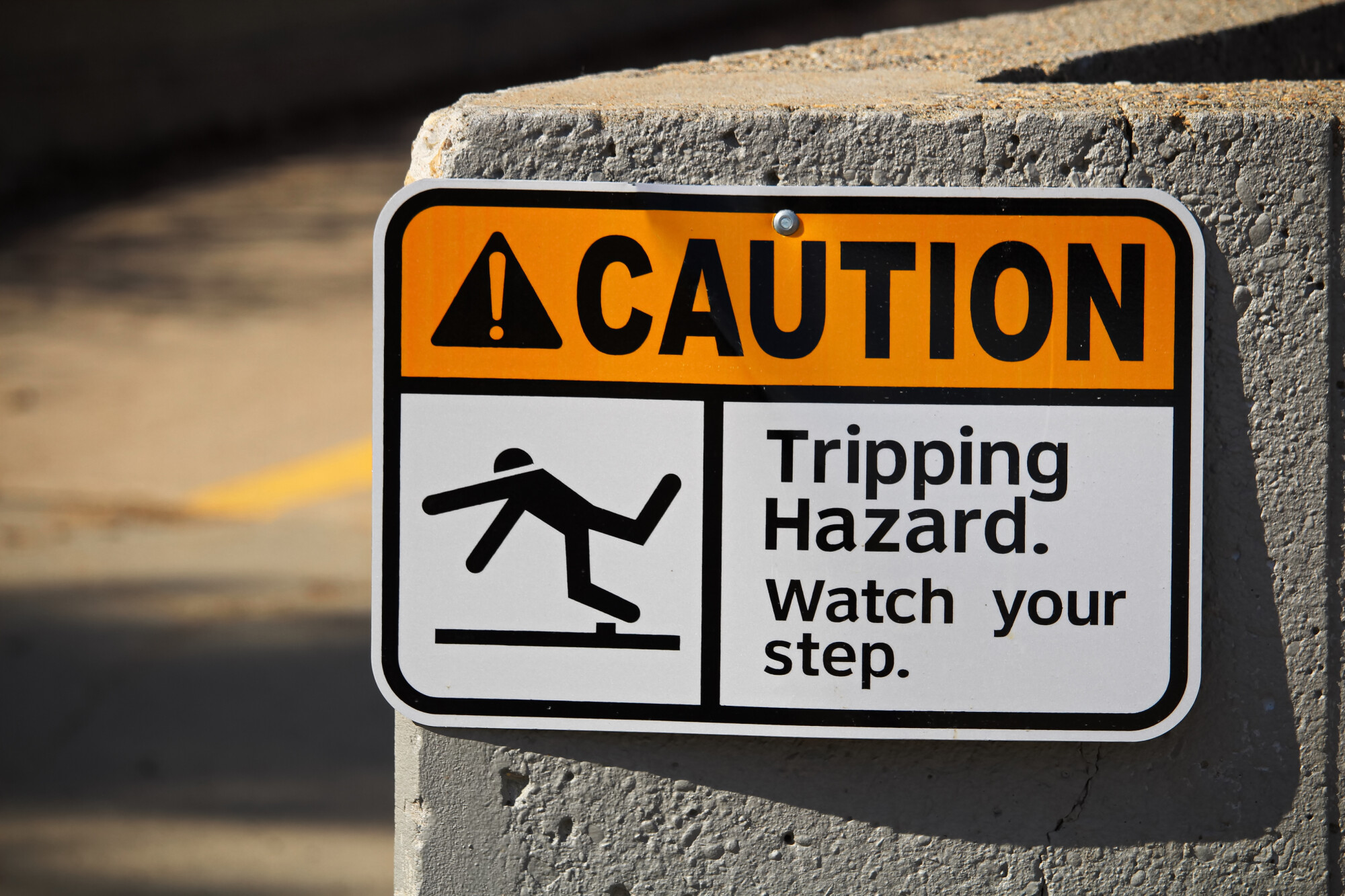Insurance Regulatory News E-blast
August 2, 2023
 Last Friday, the Michigan Supreme Court issued a ruling that substantially changes decades of law regarding premises liability cases involving “open and obvious" dangers. Based on the Court’s ruling, premises liability cases that previously would have faced dismissal before trial will now require jury trials to decide key issues. The ruling was in the consolidated cases of Kandil-Elsayed v. F & E Oil Inc., and Pinsky v. Kroger Co. of Mich, Docket Nos. 162907 and 163430.
Last Friday, the Michigan Supreme Court issued a ruling that substantially changes decades of law regarding premises liability cases involving “open and obvious" dangers. Based on the Court’s ruling, premises liability cases that previously would have faced dismissal before trial will now require jury trials to decide key issues. The ruling was in the consolidated cases of Kandil-Elsayed v. F & E Oil Inc., and Pinsky v. Kroger Co. of Mich, Docket Nos. 162907 and 163430.
Gone is precedent from the 2001 Michigan Supreme Court case of Lugo v Ameritech Corp, where Michigan courts could analyze claims by injured visitors and patrons on property under the “open and obvious danger” doctrine. Under that now discarded precedent, Michigan property owners owed no duty of care to warn or protect visitors or patrons about hazardous conditions on their property, so long as the hazardous condition on the premises was “open and obvious” to a visitor. The only exceptions to the open and obvious defense were if the hazardous condition was considered “unreasonably dangerous” or unavoidable, in which case a property owner could be held liable if it did not take “reasonable precautions” to protect visitors and patrons from the unreasonably dangerous risk.
Under Lugo, cases against property owners alleging injury from hazardous conditions on their property (such as uneven steps or build-ups of snow and ice), would often be dismissed because the hazard causing the injury was open and obvious upon casual inspection, and the hazards were not substantial enough to be considered unreasonably dangerous or unavoidable. In effect, the open and obvious doctrine created an absolute defense to many such plaintiffs’ claims.
In its Kandil-Elsayed and Pinsky cases, the Supreme Court adopted a new standard for deciding premises liability cases. The new standard now imposes a duty on property owners or possessors to use reasonable care to protect visitors or patrons from unreasonable risks of injury due to hazardous conditions on their properties, even if the hazardous conditions are open and obvious. Also, while a jury can consider the open and obvious nature of a property hazard when deciding if a property owner or possessor has violated its duty of reasonable care, the open and obvious character of the hazard will no longer be a bar to claims by injured visitors or patrons.
In the wake of the Kandil-Elsayed and Pinsky decisions some commentators are predicting that the decisions will open the door to an increased number of premises liability cases filed in Michigan trial courts and, as noted by two dissenting justices in the cases, an expanded liability for property owners who relied on the former open and obvious defense. It is also unclear from the Court’s decision whether the new standard for premises liability will apply retroactively to cases already filed in Michigan trial courts or the Court of Appeals.
While the full extent of the new premises liability standard may take years to unfold, at a minimum, property owners and possessors should begin to assess the condition of their properties, with an eye to warning of or making reasonable adjustments to characteristics of their properties that may be hazardous to visitors or patrons.
As our clients and friends consider such remedial steps, the members of Foster Swift’s litigation practice group are ready to discuss the impact of this important ruling or any other aspect of your risk management program.
- Dora A. Brantley...248.785.4697...dbrantley@fosterswift.com
- Bryan Cermak...248.785.4736...bcermak@fosterswift.com
- Julie I. Fershtman...248.785.4731...jfershtman@fosterswift.com
- Paul J. Millenbach...248.539.9908...pmillenbach@fosterswift.com
- Jennifer L. Montasir...248.785.4742...jmontasir@fosterswift.com



 Share
Share